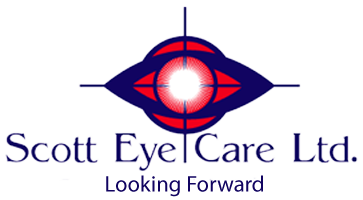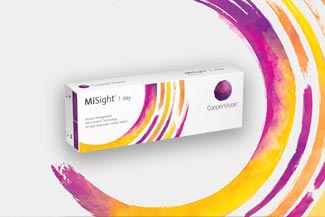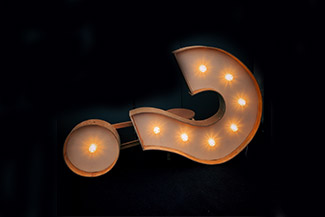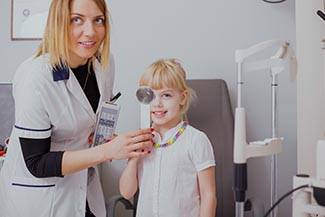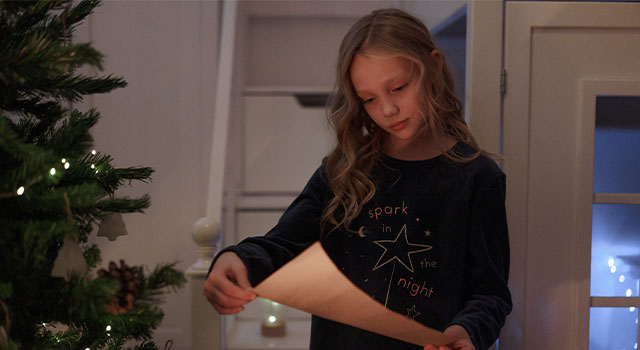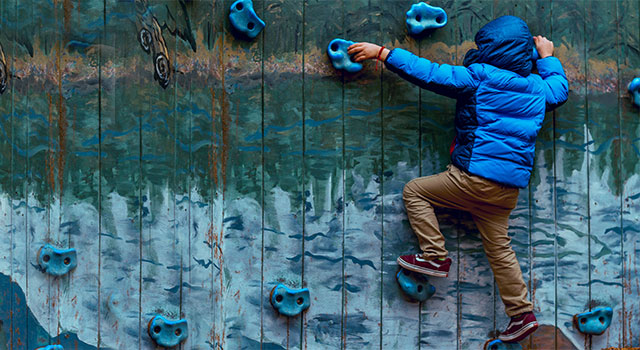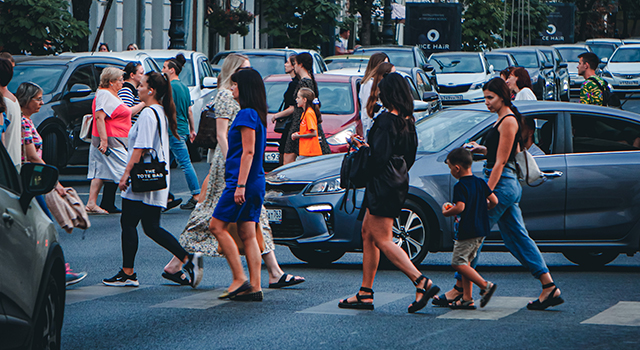
Atropine Therapy For Myopia Management
Myopia, or nearsightedness, is one of the most common eye conditions affecting millions of people around the world. Most patients with this condition wear eyeglasses or contacts to correct their vision, but there is a relatively new option known as atropine therapy that has been shown to help patients with myopia.
If you have myopia and are looking for a better way to manage it, contact The Scott Eye Care Myopia Management Center for a consultation. Let us help you experience clearer, sharper vision and a better quality of life.
What Is Myopia?

Myopia, the most common vision problem across the world, occurs when the eyeball grows long. When the distance between the lens and retina is too long, the images come into focus before reaching the retina. This results in blurred distance vision when looking at something at a distance, such as street signs, people walking down a street, or a TV or movie screen.
However, images that are closer to the person can be seen more clearly. People with myopia can experience eye strain, eye fatigue, or headaches. This is because of the natural inclination to squint or strain the eyes in an effort to see images in the distance clearly.
Nearly 1 in 10 children (9.2%) between the ages of 5 and 17 have myopia. This is especially challenging during the school-age years, since the ability to read, write, see the board, do homework and participate in extracurricular activities all become important parts of a child’s routine.
Common Treatments For Myopia
The typical methods for managing myopia are eyeglasses and contact lenses. Prescription glasses and contacts correct refractive errors by directing light to focus on the retina, mimicking the natural eye process. In certain cases, procedures such as LASIK or PRK may be performed to correct vision surgically.
In recent years, atropine therapy has been shown to significantly improve vision in myopia patients by slowing down its progression. Doctors like Ronald Weingart, OD, Vasana Lerdvoratavee, OD and Chula Lerdvoratavee, OD now offer atropine therapy as an option for those with nearsightedness, including children as young as age 5.
What Is Atropine Therapy?
Atropine drops are medicated prescription eye drops containing an antimuscarinic agent, which widens (dilates) the pupil, relaxing the eye muscles. In low doses, it has been shown to slow down the development of myopia.
How Does Atropine Therapy Work?
Atropine drops are administered in the eye in the conjunctival sac. This is the area behind the lower eyelid that allows for movement of the eyeball and eyelids. Atropine drops dilate the pupil, which temporarily stops the eye from focusing and allows this function to relax.
Typically, atropine drops involves just 1 drop in each eye, but exact instructions for your specific case will be given by Ronald Weingart, OD, Vasana Lerdvoratavee, OD and Chula Lerdvoratavee, OD and the helpful staff at The Scott Eye Care Myopia Management Center.
Atropine therapy may be performed daily either by itself or together with Ortho-K or multifocal contact lenses. Contact lenses cannot be worn while the drops are applied. Doctors advise to wait at least 15 minutes before putting contacts back in the eyes.
Atropine Therapy For Children
Studies have shown that atropine therapy can significantly improve myopia progression in children. A 2006 study found that 400 children aged 6-12 who received atropine experienced significantly less myopia progression. A second study in 2012 with lower doses of atropine showed similar results. According to the American Academy of Ophthalmology, 90% of children who have atropine therapy show signs of reduced myopia progression.
According to Ronald Weingart, OD, Vasana Lerdvoratavee, OD and Chula Lerdvoratavee, OD, young children should be administered atropine drops before going to sleep. This increases the likelihood of effective results as the child is more relaxed in sleep. Many parents find that an easy solution is to make it a part of their children’s nightly bedtime rituals.
Does Atropine Therapy Hurt?
Atropine therapy is a painless process, the drops might sting a little for a few minutes, as it simply involves administering medicated eye drops to the patient. As the drops are administered to the eyes, try to avoid excessive blinking so that they are absorbed properly for the most effective results.
How Quickly Will I Notice Results?
Atropine therapy can take up to 6 months to show a significant impact. Doctors usually recommend checkups twice a year to ensure that the patient is experiencing no adverse side effects and that atropine therapy is effectively slowing down myopia development.
Does Atropine Therapy Cure Myopia?
Atropine therapy is shown to slow down and control the progression of myopia, but it is not a cure, nor does it reverse the condition. The goal of atropine therapy is to stop the condition from getting worse and prevent it from causing other, more serious eye diseases.
It’s important to note that should you stop atropine therapy, your case of myopia may resume its progression as it did prior to treatment.
How You Can Help Achieve Successful Atropine Therapy Results
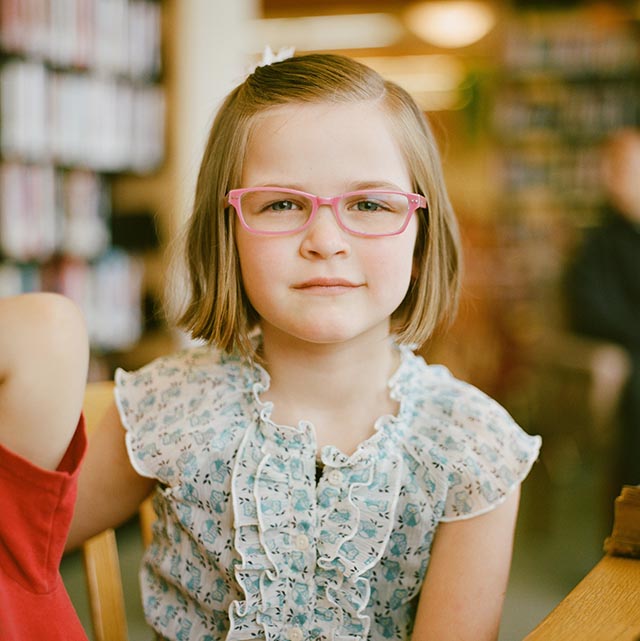 If you or a loved has myopia and receives atropine therapy, there are some things you can to help achieve the best results possible.
If you or a loved has myopia and receives atropine therapy, there are some things you can to help achieve the best results possible.
Keep wearing glasses or contacts
Patients usually need to keep wearing glasses even with a low dosage treatment of atropine drops. The level of their myopia typically does not progress further as much as it can without atropine therapy.
Spend more time outdoors
Research shows that a healthy amount of Vitamin D from natural sunlight has positive health benefits. It’s believed that UV rays, in limited amounts, may be able to alter the shape of the cornea.
Side Effects of Atropine Therapy
The majority of patients who receive atropine therapy experience little to no side effects. Some patients may feel a light stinging sensation, blurriness, or sensitivity to light, but these symptoms disappear quickly. Approximately 1% of patients have reported feeling itchy or experiencing some redness around the eye area.
To schedule a consultation with Ronald Weingart, OD, Vasana Lerdvoratavee, OD and Chula Lerdvoratavee, OD and to find out if atropine therapy is right for you, contact our practice today. Our experienced staff at The Scott Eye Care Myopia Management Center will consider your total health needs, ensuring that you get the right treatment for effective management of your nearsightedness.
Our practice serves patients from Oswego, Naperville, Aurora, and Chicago, Illinois and surrounding communities.